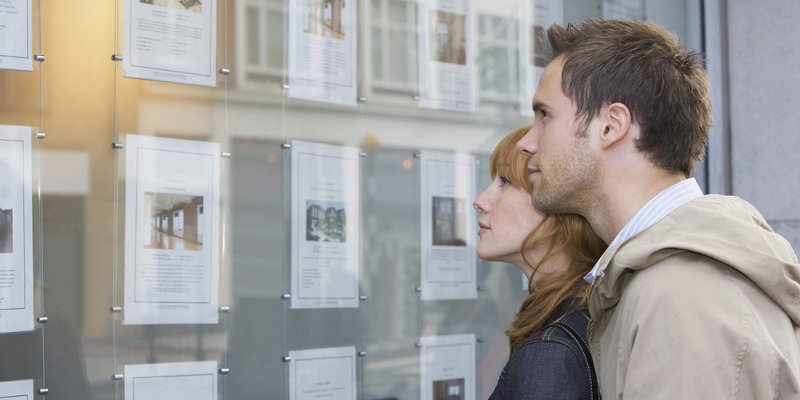Lloyds Bank’s annual Second Stepper report found one in three (35%) of these households believe it will be more difficult to sell their home this year. This is with worries over the economy, the size of the deposit they’ll need and a shortage of family-friendly properties.

First-time sellers see potential interest rate rises as their biggest challenge to moving up the property ladder,Lloyds Bank found.
Lloyds Bank’s annual Second Stepper report found one in three (35%) of these households believe it will be more difficult to sell their home this year. This is with worries over the economy, the size of the deposit they’ll need and a shortage of family-friendly properties.
Second steppers are mostly couples and young families moving on from their first-time buyer homes to secure more space and a garden. There’s a lack of confidence about selling among this group, despite significant improvements to market conditions over the past five years.
Andrew Mason, Lloyds Bank mortgages director, said: “Second Steppers are optimistic about the market conditions, which are now better than they’ve been for over five years, and with many building up substantial equity in their homes and more first-time buyers entering the market, their next move may not be far away.
“However, the interest rate rise we saw late last year marks the first increase first-time sellers have seen since becoming homeowners and even though it was small it has caused some concern.”
Today’s typical second steppers bought their first property in 2014, when the average price of a first-time home stood at £167,137.
Based on the latest house prices figures, selling their home for the average first-time buyer house price of £211,296 would provide them with an average equity injection of £85,877for their next home. That’s grown from £68,629 four years ago.
The gap between the sale of their current property and the cost of their perfect home – usually a detached property – is now £135,985.
However, the average equity level of £85,877 can help reduce this gap by 63%, meaning that second steppers need only add an extra £50,108 to their existing mortgage.
Across the country, there are significant regional variations in the size of this gap. In Northern Ireland, people will need to find £73,499 extra to make the step to their desired second home. At the other end of the scale, people in London need £330,599 to make the jump.
Just over a third of second steppers (35%) think it will be harder to sell their existing property this year than it would have been a year ago.
In addition, over a quarter (29%) are worried about the uncertain economic climate, 30% reported deposit size as a key challenge and around one in four (26%) are struggling to find the right property to move to.
More are stayingputand improving their homes, increasing from 34% in 2016 to 40% in 2017.
Two out of five (40%) believe the market conditions for second steppers has improved compared to last year and 52% feel there are now more first-time buyers in the market, up from 43% in 2016. Over half (52%) also think the stamp duty changes announced in the Budget last year will increase the number of first-time buyers entering the market even further.
Town living is attractive to nearly half of second steppers (48%), while four in10opt for a village location.
Under a third (31%) plan to relocate to the countryside and city life appeals to just over a quarter (27%).



